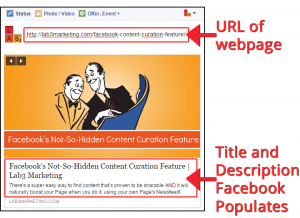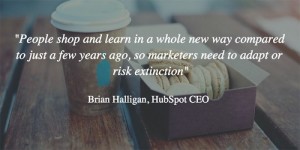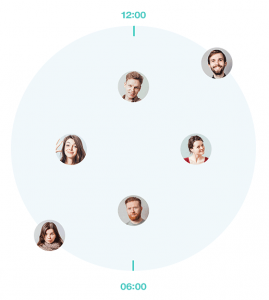By Sam Becker
Update Tuesday, 9:50 a.m. ET:
Cyber Monday smashed records this year, with consumers spending a total of $11.3 billion for the biggest online shopping day of all time, representing a 5.8% growth from last year. In the peak hour of 11 p.m. to 12 a.m. ET, consumers spent $12.8 million every minute, according to Adobe Analytics.
According to Adobe, that boosted this year’s total Cyber Week shopping (from Thanksgiving through Cyber Monday) to a whopping $35.27 billion overall, up 4% year-over-year.
Original story:
Prices are high this holiday season, but evidently, so is American consumers’ threshold for spending. Despite high inflation and overarching concerns about the state of the economy, American consumers were out in full force on Black Friday, spending $9.12 billion online, according to new data from Adobe Analytics. That was an increase of 2.3% over last year.
That was also on top of an additional $5.29 billion in ecommerce spending on Thanksgiving, and Adobe Analytics further projects that Americans will spend up to $11.6 billion on Cyber Monday, which would make it the biggest single shopping day of all time.

While businesses have grown accustomed to a huge influx of spending during the holidays—and on the weekend after Thanksgiving, in particular—what makes these record-setting shopping days especially noteworthy is that they’re occurring while millions of people are struggling to contend with inflation and high prices. Many people are also concerned about increasing layoffs and a shaky economy, but experts say they’re apparently willing to put those concerns aside and enjoy some retail therapy this holiday season.
“Shoppers have remained resilient this year, as illustrated by their continued spending on Black Friday, and we expect to see this extend into the rest of the holiday season,” says Sarah Cascone, VP of marketing at Bluecore, a marketing technology company. “We will likely still be experiencing inflation and economic pressures for a while, and while some shoppers will be putting their dollars towards essentials, others in higher salary brackets who are less affected by inflation will still have disposable income to spend.”
But there’s another angle that’s worth exploring: Consumers are going all-in on days when there are big sales because their budgets are more constrained than in prior years. In other words, shoppers are hitting the sales hard because they need to make each dollar go further. “Shopper research, or how many times a shopper viewed a Black Friday purchase prior to buying, was up by 6%, suggesting that shoppers are, in fact, being more discerning with their available funds,” says Cascone.
Data from Smarty, a cash-back and couponing platform, shows that a surprising number (81%) of shoppers are actually utilizing credit and other tools, like “buy now pay later” programs, to pay for their holiday shopping hauls. “It’s clear that holiday spending in November has exceeded consumers’ initial concerns with inflation,” says Vipin Porwal, CEO and founder of Smarty. “But the result may weigh heavily on how they’ll pay for it.”
Despite those concerns, the fact that the early spending data is high looks promising, especially for those trying to read the economic tea leaves. And even as prices have risen for the majority of 2022, consumer spending is still up. Overall, the early-spending numbers from the first big shopping weekend of the holidays may lift the spirits of businesses hoping to avoid a downtrodden shopping season.
(13)
Report Post






